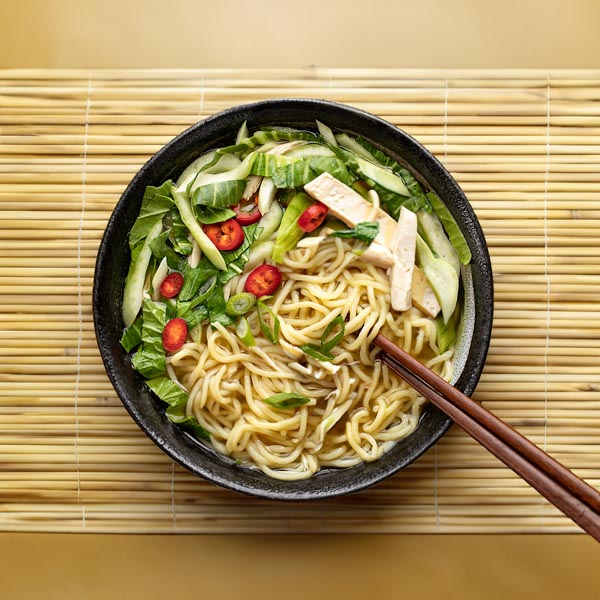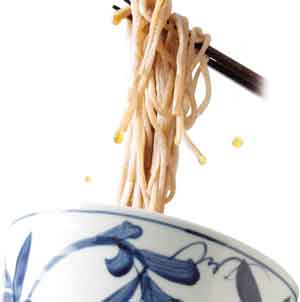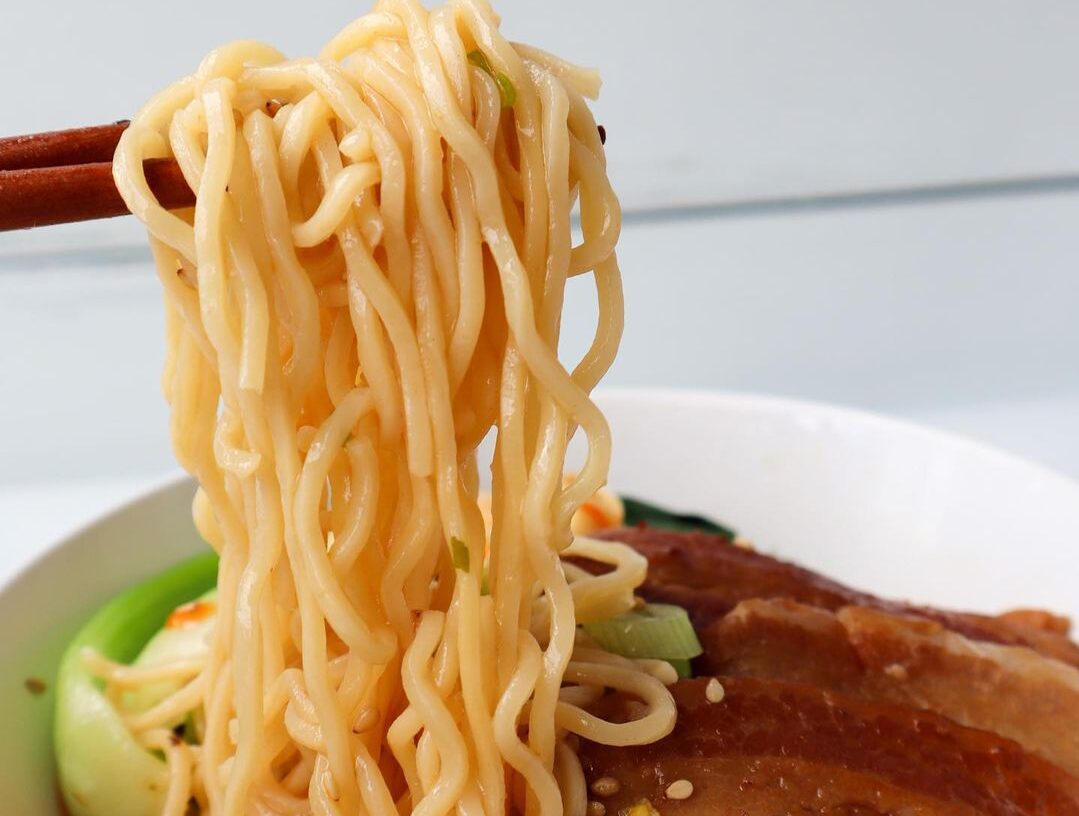Ramen noodles are the heart of any great bowl of ramen, but there’s so much more to these noodles than meets the eye. Whether you’re a noodle novice or a ramen enthusiast, it’s essential to understand the different types of ramen noodles, their textures, and how to cook them perfectly. Let’s dive into the world of ramen noodles and learn some tricks to elevate your next bowl.

Types of Ramen Noodles
Ramen noodles come in various shapes and textures. The type you choose can greatly influence the flavor and experience of your ramen. Here are a few popular noodle varieties:
- Wavy Ramen Noodles: These noodles are springy, ideal for capturing rich broths like Shoyu and Shio. The curly texture makes them perfect for grabbing onto the flavorful broth in every bite. Soup stock hangs between the noodles in a capillary function, for you to slurp!
- Straight Ramen Noodles: Commonly found in Tonkotsu ramen, these thin noodles have a smooth texture and cook quickly. They pair best with savory broths where you want the focus to be on the flavor of the whole meal rather than the soup.
- Thick Ramen Noodles: These are dense and chewy, making them perfect for heartier broths like tonkotsu. They soak up the rich, creamy broth while retaining their firmness yet keep the amount of broth to a minimum when you eat.

How to Cook Ramen Noodles Perfectly
Mastering how to cook ramen noodles is key to getting the most out of your dish. Here are some steps to ensure your noodles are restaurant-quality every time:
- Use Plenty of Water: Cooking ramen in a large pot of boiling water prevents them from sticking together and ensures even cooking.
- Check Your Cooking Time: Different types of ramen noodles cook at different speeds. Thin noodles might take 2 minutes, while thicker ones can take 4 minutes. Always keep an eye on the clock.
- Cook Al Dente: Overcooking your noodles can lead to a soggy, less satisfying texture. Cook them just until they’re al dente for that perfect chewy bite. Remember, they’ll soften a bit more when you add them to the broth.

Reducing Salt in Ramen Noodles
While ramen is loved for its umami-packed broth, some may find it a bit salty, especially when using instant varieties. Here’s a tip to reduce the salt content in your ramen without sacrificing flavor:
- Rinse the Noodles After Cooking: Once your noodles are done cooking, quickly rinse them under running tap water. This helps wash off some of the surface starch and excess salt. This trick is especially useful when using instant noodles where the seasoning packet may add extra sodium. After rinsing, toss the noodles back into your broth or soup to reheat and enjoy.
Perfecting Your Ramen at Home
Using Hakubaku ramen noodles ensures a resturant-quality experience at home. Whether you’re making a quick meal or experimenting with toppings and broths, Hakubaku’s fresh noodles can elevate your ramen night.


